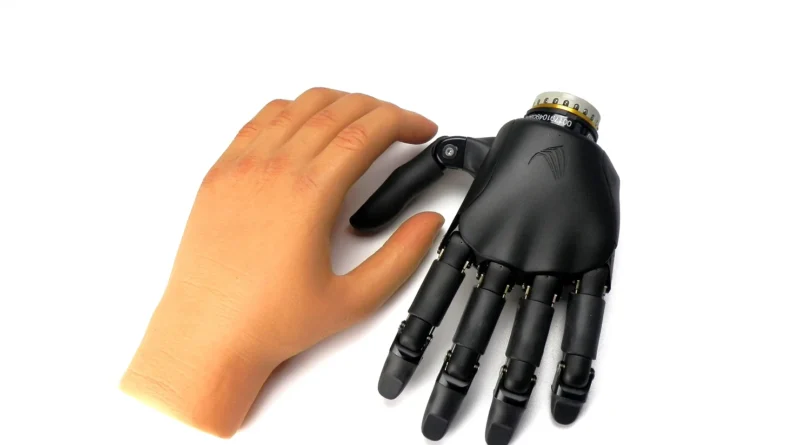
The Hope of Memory Prosthetics: Restoring Memories in a Damaged Brain
When I was young, my grandmother was the kindest person in the world. Wherever I go, she always cared about me. As I grew up, I got less time to stay with my grandmother. One day, my father came to the house with a gloomy face but he didn’t say anything. I realized that my father had such sad emotions. After a few days, I went to my grandparent’s house with all of my family, including my cousin, uncle, and aunt. When I stepped inside the door, I could feel the difference from the old days. My grandmother did not greet me. What was worse was that she did not recognize me. My father and my uncle tried to talk with my grandmother to recognize all of the people in my family, which was impossible. Now, whenever I go to my grandparent’s house, I can see my father smiling and trying hard to talk with my grandmother, which makes me feel sad. Dementia, which is hard to cure, breaks my family’s hearts. Then, I found research about curing memory. It said that scientists are using memory prosthesis to restore memory from damaged brains. It caught my attention and, finally, I could see hope from there.
For the memory prosthetic, which means body parts that are made artificially, the scientists focused on two specific regions: CA1 and CA3 which form a highly interconnected neural circuit. Decades of work in rodents, primates, and humans have pointed to this neural highway as the key for encoding memories. The team members and Drs. Dong Song from the University of Southern California and Robert Hampson at Wake Forest School of Medicine have been involved in memory prosthetics. With Dr. Theodore Berger, the dream team had its first success in a human experiment in 2015. In order to recover the damaged memory, they replicate the hippocampus’ signals with a digital replacement. Unlike computer circuits, neural circuits are non-linear. This means that signals are often extremely noisy and overlap in time, which enhances neural signals.
To crack the memory code, they worked out two algorithms. The first, called the memory decoding model, takes an average of the electrical patterns across multiple people as they form memories. The other, called multi-input and multi-output, is slightly more sophisticated, as it incorporates both input and output electrical patterns and mimics those signals in both space and timing. In theory, pulsing both electrical signals based on MDM (Multi-input) and MIMO (Multi-output) back into the hippocampus should give it a boost. In a series of experiments, first in rats and monkeys, then in healthy humans, they found that their memory prosthetics could help memory improve when neural circuits were temporarily disrupted, such as with drugs. But bypassing injured circuits isn’t enough. What they wanted was a true memory prosthetic that could replace the hippocampus if it was damaged, therefore, they will continue to do research related to this.
I think this technology is one of the technologies that humanity needs to invest in because it has a higher output than expected value. For example, this technology could not only help a lot of people who are struggling with their brain diseases but also can improve their brain abilities in many other fields in everyday life.
